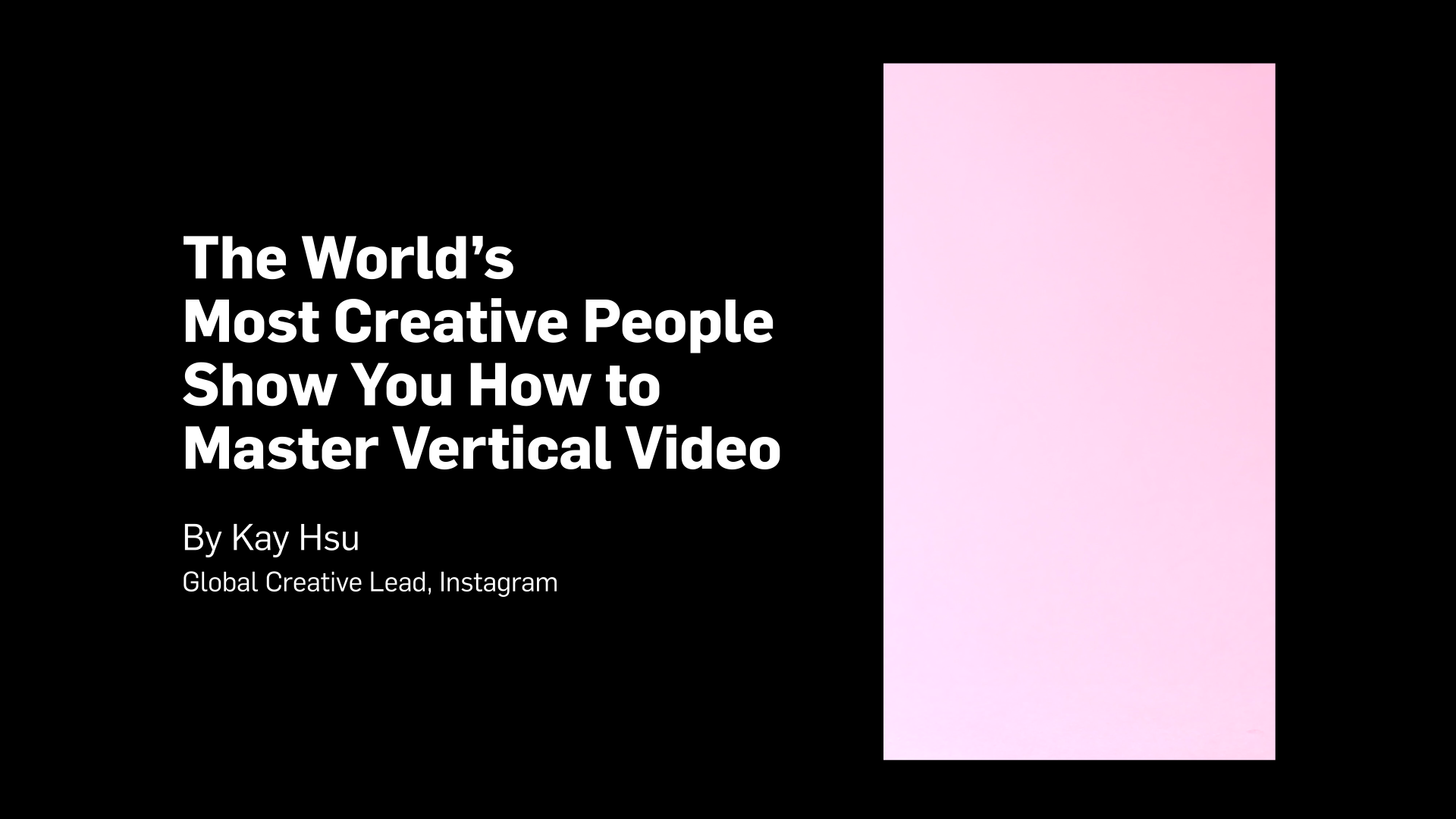
We’re in the midst of a video revolution. The traditional horizontal 16:9 format is being turned on its head.
Well, maybe on its side. And in its place, 9:16 vertical video is emerging as the framing for imaginative storytelling.
Why vertical? You only have to look at that device you’re holding in your hand. Mobile and social video really soar when they’re done vertically—the way people hold their phones. What was once dismissed as an amateurish mistake has become the vanguard of video innovation.
So how do you create on the vertical format? The first rule is that the old rules are meant to be broken. And imagination and inspiration rule the day.
Recently, Instagram challenged some of its most creative storytellers to experiment with vertical and showcase their unique style using 9:16. These creators come from the four corners of the earth—Korea, France, Brazil, the U.S., and everywhere in between. And they’re using all kinds of creative canvases—illustration, video, motion graphics, even calligraphy.
Let’s get inspired by their game-changing work.
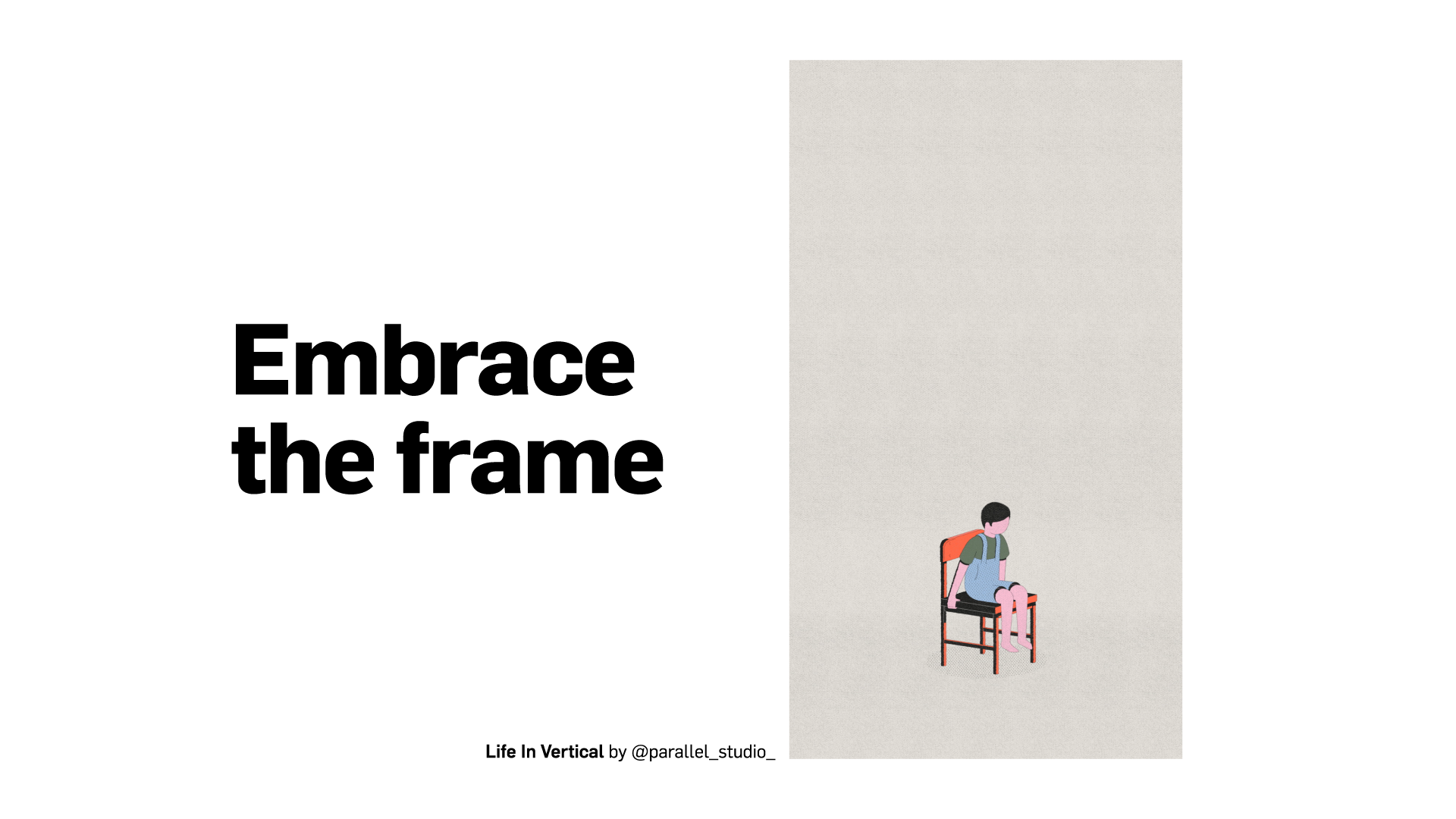
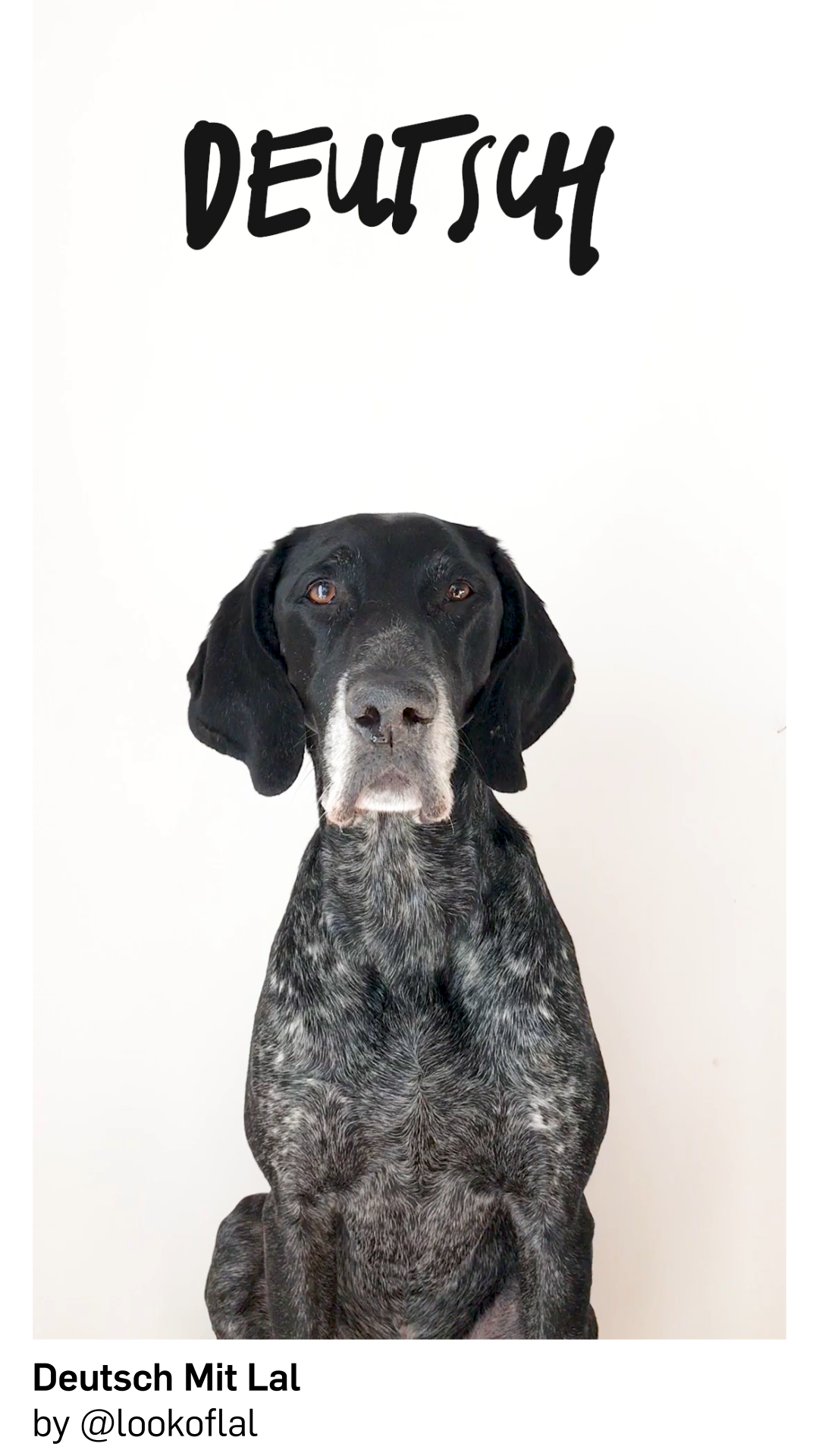

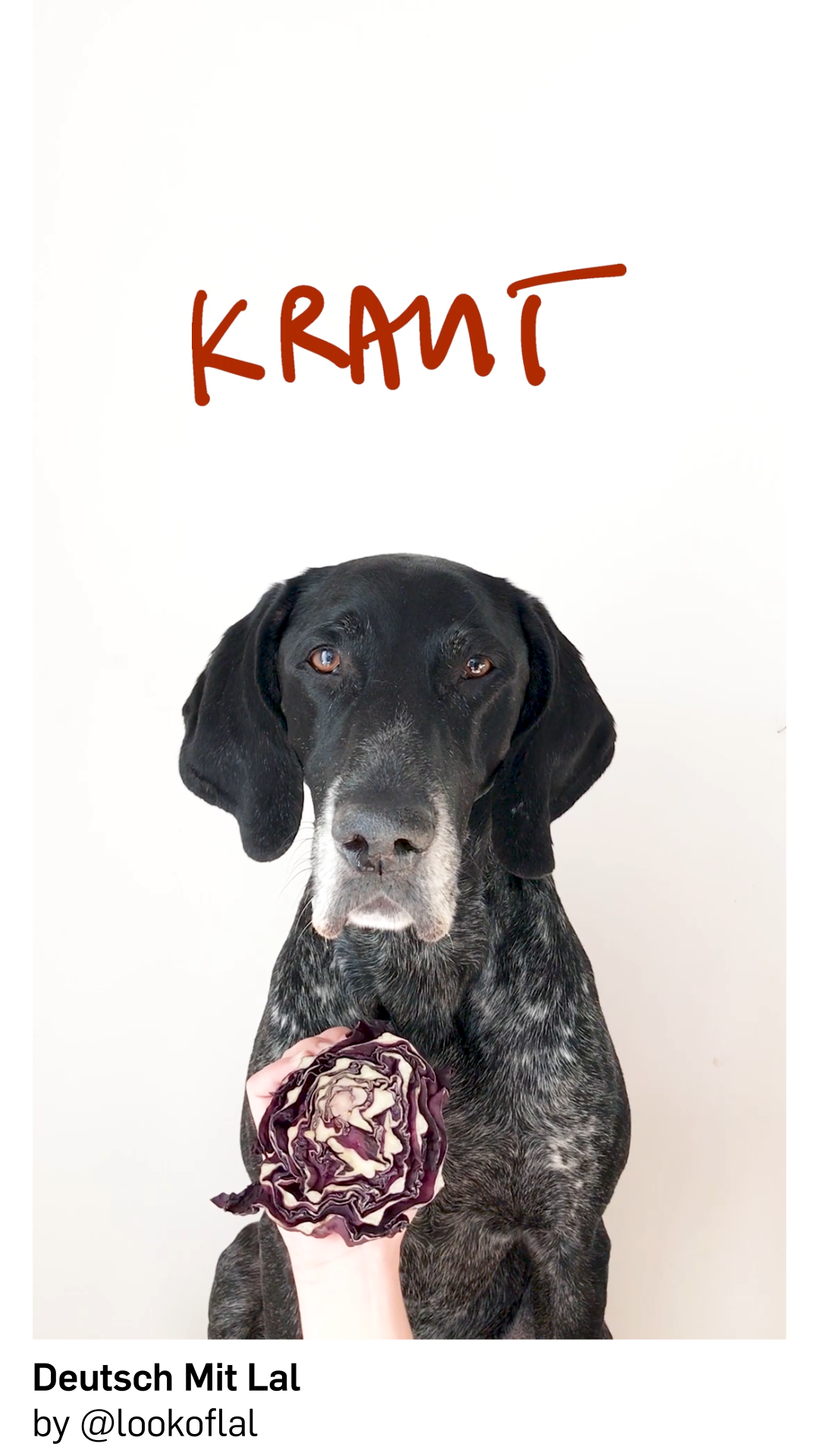
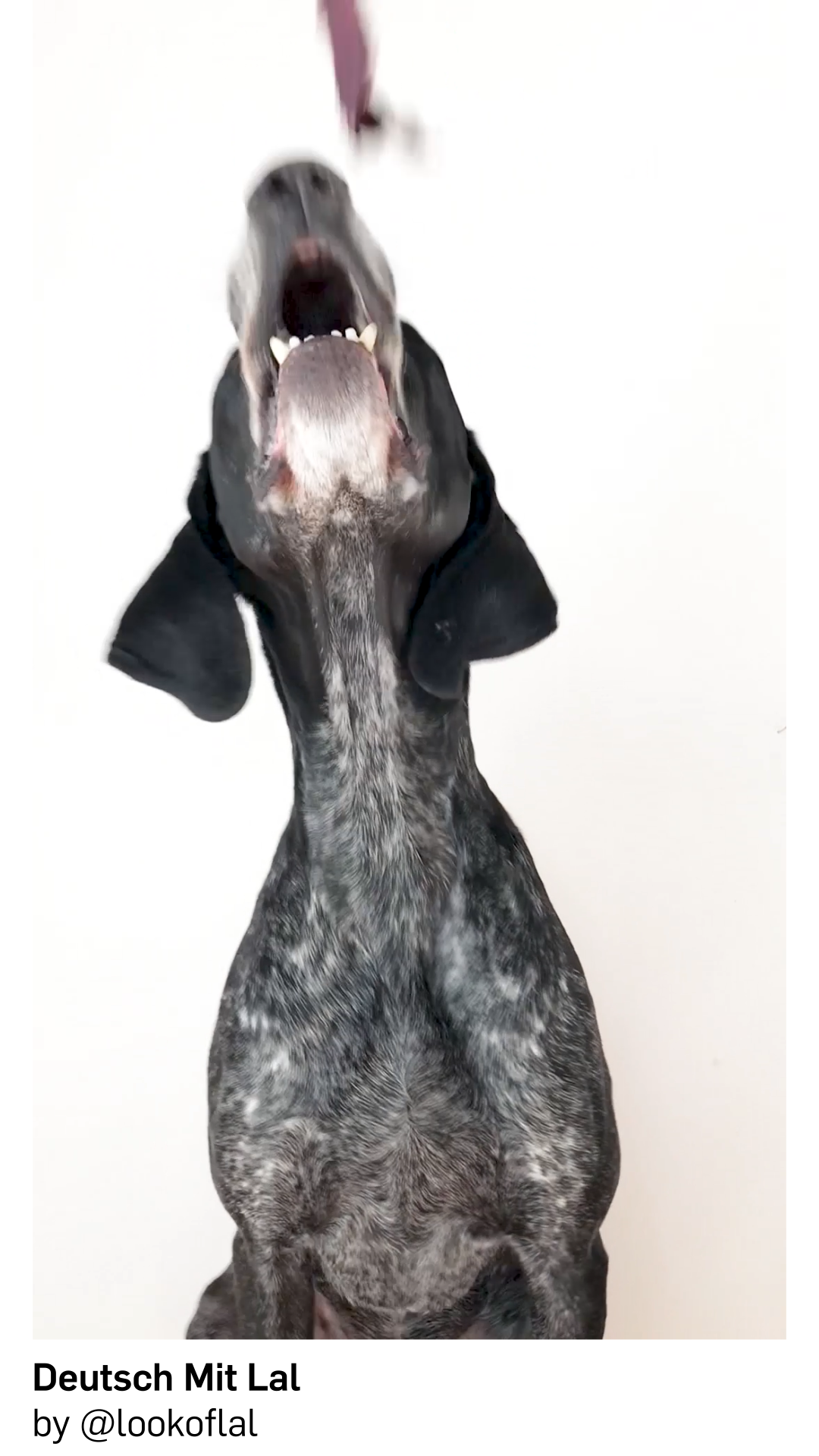

“To create vertical framing nowadays, you have to toss 100 years of history of cinema out the window.”
Those words from Sao Paulo, Brazil-based filmmaker Marcel Izidoro (@mmizidoro) couldn’t be truer. The view through the viewfinder has long been horizontal, so the first thing creators need to think about is ways to embrace vertical framing.
That can mean looking at the world in portrait and finding new and creative options to fill the frame.
That’s what animators at Parallel (@parallel_studio_) did in the Life in Vertical video. The Paris motion graphics creators take their inspiration from the layout of the frame, illustrating objects everyone knows and forcing them to be vertical.
“The best thing for composing properly in 9:16 is not starting with 16:9. Use the vertical format’s constraints from the get go. We’d really like people to do the mental gymnastics themselves to find ideas that would be amusing to look at vertically. It requires a new way of working and you have to force yourself to forget everything you did previously."
German Instagrammer Samuel Jurcic (@lookoflal) had an easy time because his muse is his dog and, well, a seated dog is by its very nature vertical. Notice how he fills the frame in his German with LAL video (left).
“The vertical format is a wonderful challenge because you depict a whole set of things that would not be possible in a horizontal format,” he says. “For me, it’s very easy to use a vertical format because the dog is already vertical. For creatives who shoot a vertical video for the first time, I would say, just do it.”
Finally, take some inspiration from that most vertical of creations—the selfie. Notice, for example, how shooting vertical forces you to narrow in on a single subject, which is why tight close-ups are used to fill the frame. Also, consider how people will view the content—again, a close-up on a hand-held smartphone lets the viewer zero in on details that might not otherwise be visible.
Emmy-nominated animation production studio Goldenwolf (@runwiththegoldenwolf) cuts to close-ups frequently in its Vertical Visions video. The U.K. animators use this to intensify the feel on a small screen.
“So the hardest thing is actually just trying not to apply what you know in horizontal composition to vertical and figuring out what’s going to best amplify whatever you are trying to do in the shot purely for vertical format,” Goldenwolf explains.
“I wanted to make sure we were doing it justice rather than just applying it retroactively, which can happen quite a lot in posts for social.”
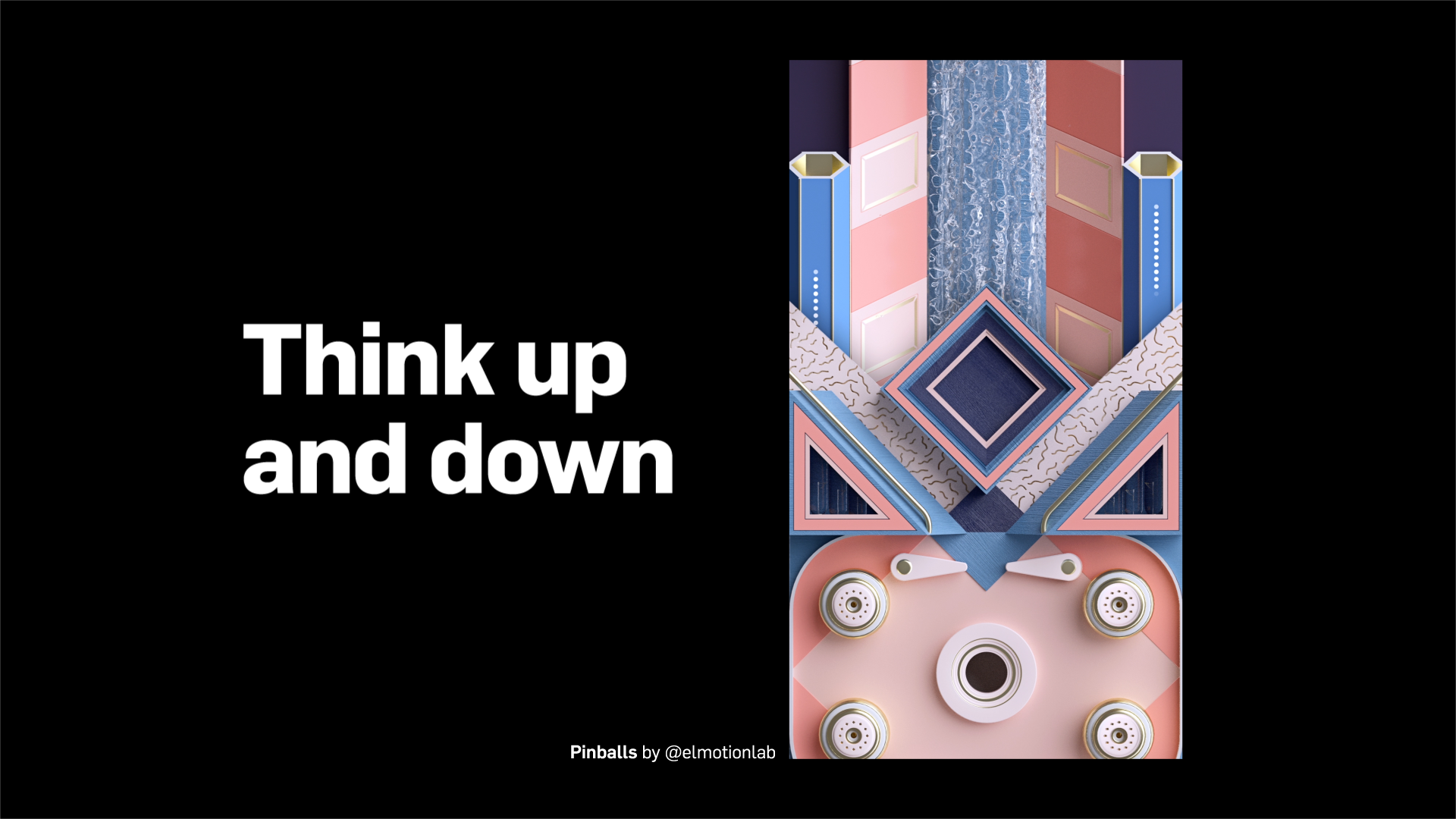




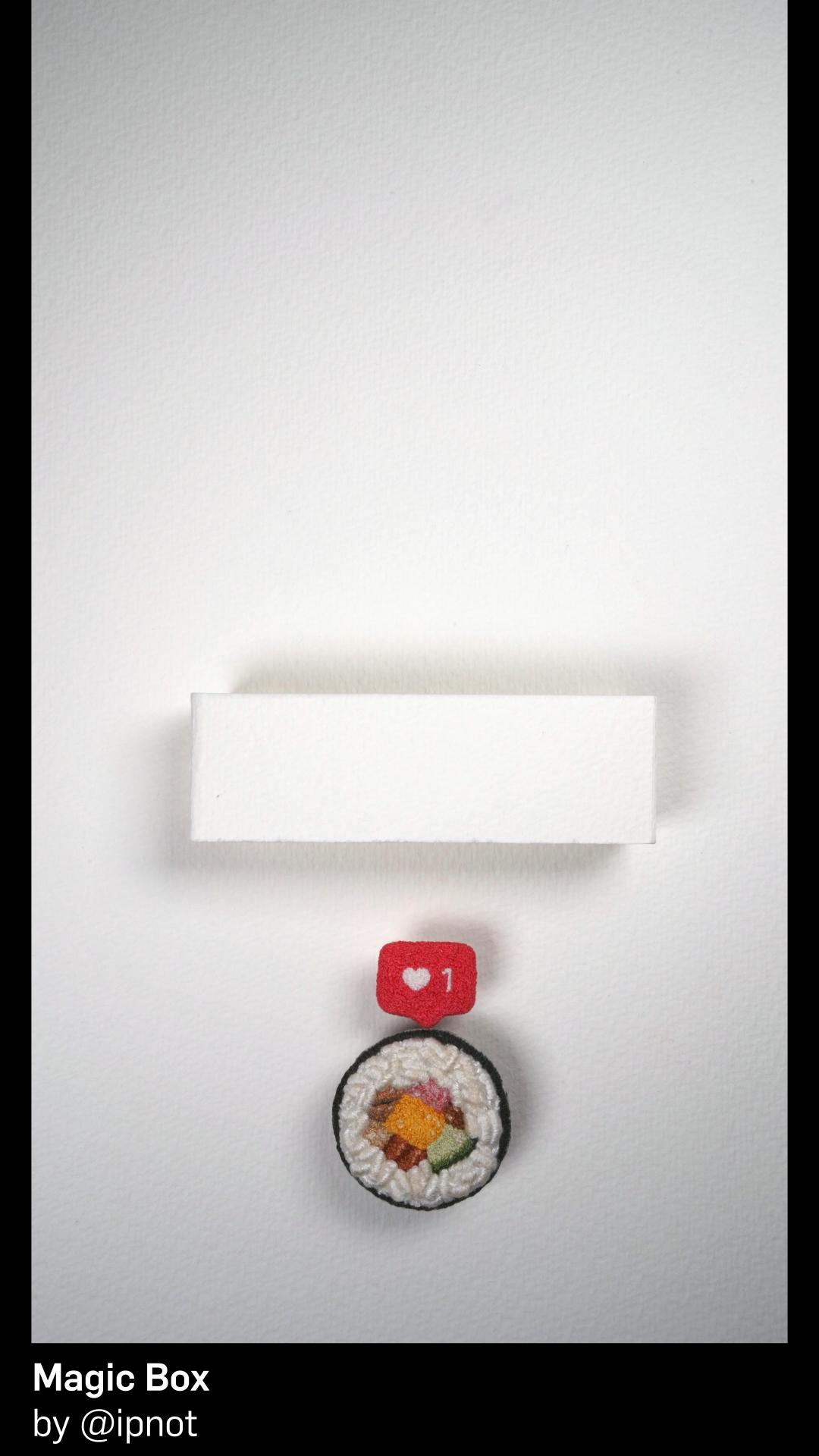
When you’re shooting in horizontal landscape, it’s natural to follow the frame from right to left.
This kind of “pan-and-scan” technique is commonplace as it respects the horizon line of composition.
But 9:16 shakes that up.
The natural scan shifts to up-and-down because the viewer’s eyes want to know what’s going on above and below the frame. It’s the difference between a scan and a scroll.
Birdy Ben (@elmotionlab), creative director of studio Elmo Paris, accomplishes this in Pinballs. By following the silver ball’s gravity-empowered path, the video fully leverages the up-and-down nature of vertical.
“I came up with this idea of a vertical scroll where we could take advantage of the fact that the viewer can already see ahead of time what’s going to happen next,” he says. “Something vertical like this obviously involves some basic graphic design rules, but it’s within everyone’s reach. I think everyone will be able to express themselves in this format.”
Brazilian photographer/cinematographer Camila Cornelsen (@camilacornelsen) also plays with the vertical’s up-and-down format in her surreal interpretation The Dive.
“When I thought of the diver, I also thought of the drop, this vertical drop—a fall through gravity,” she explains. “I thought that the idea would work well for this video precisely because the human form is already upright, it’s not a horizontal figure, so it would fit that screen."
The up-and-down flow also is critical to the execution of Japanese creator Ipnot (@ipnot). The fun Magic Box stop-motion animation changes everyday objects as they move from the top to the bottom of the screen.
“When making the vertical video, since it is vertical like this, I wanted to make a world that is totally different in the upper and lower side, in which the thing coming from the top changes into something in the lower side in an instant,” she says.






Traditional split-screen video is arranged horizontally. Vertical splits break up the horizontal pane, taking advantage the typical wide-screen format.
For example, one could easily make four side-by-side vertical screens into a single horizontal split.
But that’s not how creators are approaching split screen in vertical. Instead, they’re throwing a horizontal split across the frame, breaking it into a top-and-bottom layout.
Combophotos (@combophoto), an art director in Marietta, Ga., is a master of this kind of split. His Instagram feed features his images where he combines different objects to create compelling and often humorous photos—a paintbrush whose bristles are actually spaghetti, a gas nozzle that becomes the muzzle of a gun, headphones whose “cans” are really donuts.
His video called The Climb adds movement to these kinds of flip-book combinations.
“What’s interesting about how I treated the vertical space is I’m stacking four horizontal screens on top of each other. But its not two different things that are split—it’s me that’s split. And it’s moving through the split. I always think about Instagram as a game,” he continues. “The goal is to keep people on your story as long as possible, and it’s me just figuring out the ways that spark that attention level in people."
Desi pop artist Maria Kumar (@hatecopy) also breaks up the screen in her Insta Drama vertical video.
“For this project, I divided the screen in half so the top half was a soap opera that was playing and the bottom half was my computer that I was drawing on,” she describes.
“And you can see the expression of the actors on the screen and the expression of my illustration at the same time.”
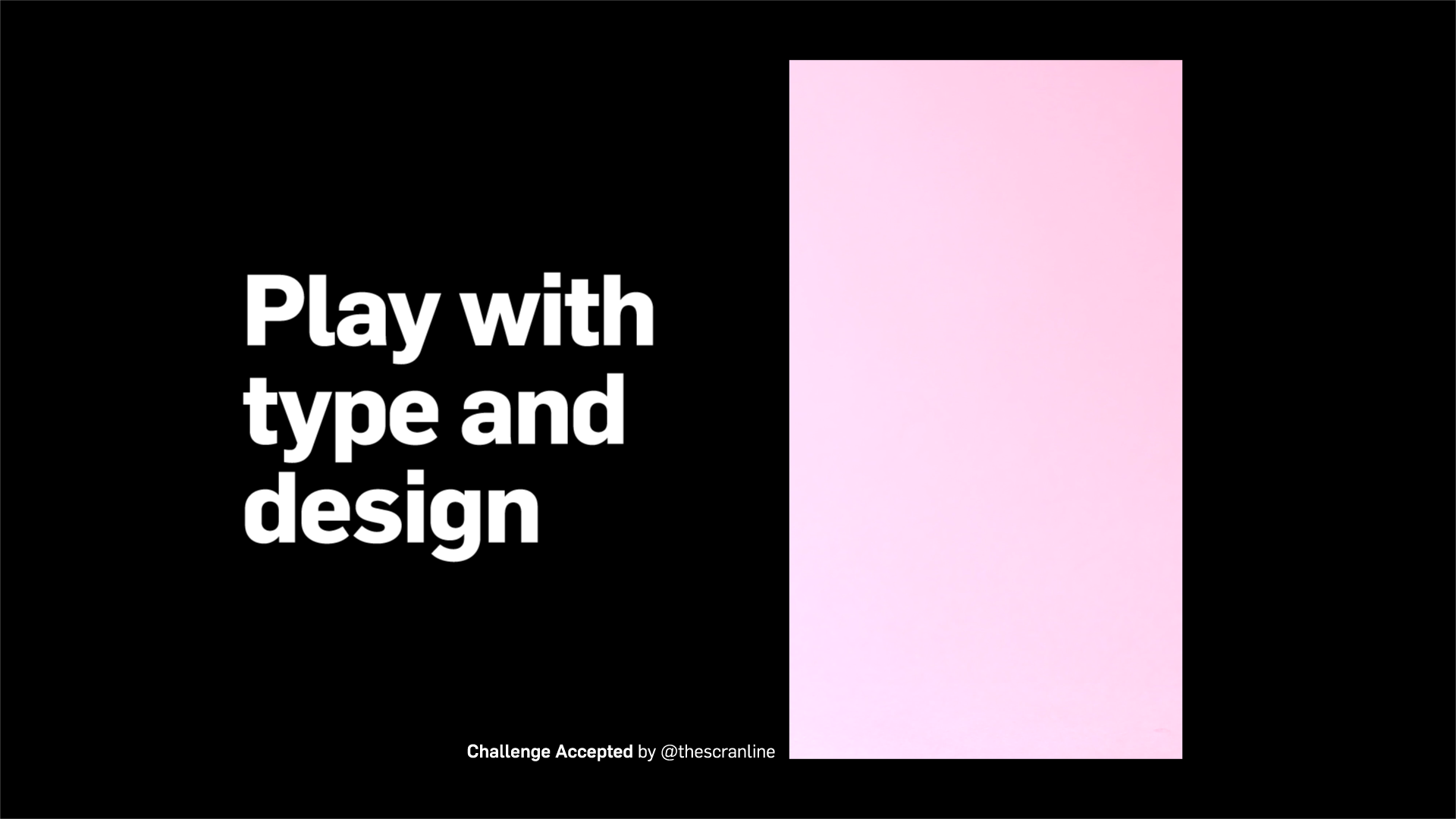





Vertical video’s up-and-down real estate gives you lots of room for text that doesn’t get in the way of the visuals.
You don’t have to overlay your titles on top of images. Instead, you can use bold, stacked lettering that takes advantage of the playful, relaxed feel that vertical can provide.
Pastry chef/graphic designer/food photographer Nicholas Makrides (@thescranline) posts videos of cupcakes, cakes and macarons on his Instagram feed. His Challenge Accepted video is a response to his followers’ comment that he uses a lot of frosting—“Well, you guys think I use a lot of frosting, I can actually use a lot more."
His use of text—big, bold lettering that communicates the challenge to viewers whether they have the sound on or the sound off—that gives his vertical execution its cheeky brashness.
“When I film vertical I have to think about where the text is going to be placed, where the bowl needs to be so that everything is looking right and clearly demonstrated,” Markrides explains.
“The thing I always keep in mind is if something’s already been done how can I do it differently. How can I do it that is in a way where someone looks at it and says ‘Oh my god, that’s really, really cool."
With a video titled Hamburger, Japanese animator Pantovisco (@pantovisco) works with stacked text, breaking down the syllables of the title word ham-bur-ger.
“The reason I came up with this idea is perhaps because I am Japanese. The Japanese and Chinese languages have a culture of writing both horizontally and vertically. Actually, I think vertical video can provide an angle of view very suitable for Japanese."
Beautifully executed text is also the hallmark of Australian Liss Amyah (@lissletters). After all, the creator of the More to the Story video is a calligrapher.
“I was one of the first calligraphers who started posting actual process videos,” she says. “As an artist I am often working with a vertical piece of art. So I actually find it harder to shoot horizontally.”
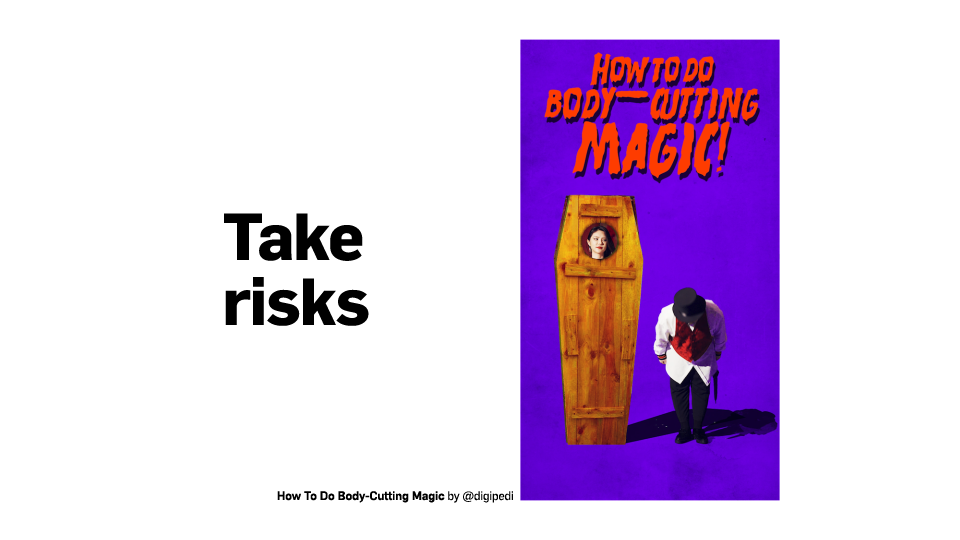





Remember that vertical video is still relatively new and your viewers are still trying to figure out what to expect from the format. That means you have plenty of opportunity to take chances and experiment.
Play around. Trust your instincts. And don’t worry about the rules that have governed landscape formats. They don’t really apply.
One thing inventive creators do is look at offbeat places for inspiration.
South Korean digital production house Digital Pedicure (@digipedi) pulled from a variety of sources for its slightly gory, offbeat and comical How to Do Body Cutting Magic.
“Since this video was short—15 seconds—I wanted to make short, humorous cuts, like Japanese TV commercials where they have quick transitions with short narratives. I tried to mimic the head magician from horror movies such as Freak Show,” they note.
Digital artist Zeitguised uses forms, colors and patterns to create abstract stories, as he did in his vertical video Foam. His experimentation comes from his design intuition.
“You play around with it and you get a feeling for what works while doing it,” he says. “It is a very important format. It is very exciting to play with it too. You just have to create a completely new layout.”
And the future? Let’s let some of the creators speak for themselves.
Dominque Davis (@allthatisshe): “Trying to look at things differently. It’s not necessarily about what something is. It’s about what it could be. If it doesn’t work the first time, back to the drawing board.”
Caroline Solomon (@lowcheekbones): “Creating this video through this vertical format, it’s opened my eyes to what’s above the frame, what’s below the frame. It’s just a different way to tell a funny story.”
@runwiththegoldenwolf: “I would choose to create in vertical space from here on at least because so many people are consuming a huge amount of media in vertical.”
@camilacornelsen: “It’s a daily exercise in composition, testing elements, seeing what works.”
Seo Young (@tototatatu): “[Vertical videos] may seem strange now, but as we see more and more, we grow accustomed to the framing.”
@combophoto: “I just don’t think vertical is a restriction. If the very first video format was vertical, we’d all be humming along creating vertical films.”
To learn more on how these creators are inspired by the vertical format, follow the entire Instagram Creators series at @instagramforbusiness and @curatedbyfb.


 Built with Shorthand
Built with Shorthand





